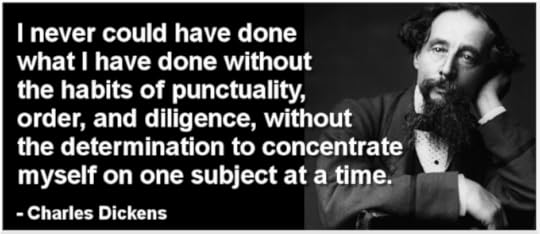What do you think?
Rate this book


464 pages, Paperback
First published January 1, 2009
I sometimes think, dear Mr. Osgood, that all proper books are unfinished. They simply have to feign completion for the convenience of the public. If not for publishers, no authors would ever reach the end. We would have all writers and no readers. So you mustn't shed a tear for Drood. No, there is much to envy about it—I mean that each reader will imagine his or her ideal ending for it, and every reader will be happy with their own private finale in their mind. It is in a truer state, perhaps, than any other work of its kind, however large we print those words, The End. And you have made the best of it!
